On one October weekend, the barrier of 2 hours for a marathon was cracked by the super human Eliud Kipchoge and then 24 hours later, the 16 year-old marathon mark of 2:15.05 set by Paula Radcliff was decimated when Brigit Kosgei torched a 2:14.04 in Chicago. Both were amazing performances and both runners were in a radical looking Nike prototype, the Next %. After watching Kipchoge’s run, Kosgei took them out of the box for the first time to toe the line in Chicago.
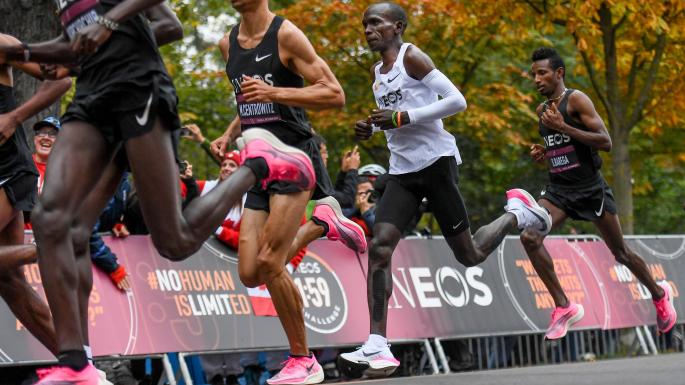
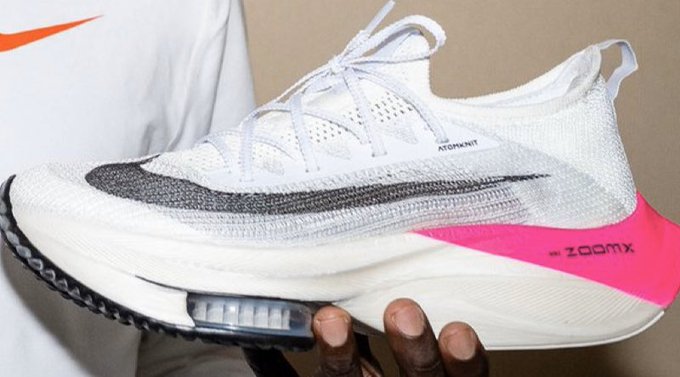
At the 2019 Boston marathon I was standing in my corral with a pair of 4-ounce Altra Vanish and wondered what all these orange shoes were. It seemed at least half of the runners had the shoes. I assumed that these were not professionals trying to earn a paycheck. They were just amateur qualifiers like myself, challenging themselves on the course and in their age group.
For those who have forgotten their grade school vocabulary here is the definition of amateur: An amateur is a person who does something for enjoyment, not money, like an amateur who paints as a hobby but earns a living another way. The adjective amateur often describes a pastime, like an amateur sports league that people join to get exercise and socialize together.
Will these shoes make you run faster? Are they actually safe and good for your long term running health? Is the marathon world which is mostly recreational amateurs still pure? Do your values align with those of Nike Running?
The marathon world and its integrity have been challenged in the last 3 years by the product called the Nike Vaporfly. The Vaporfly first debuted as a prototype in the 2016 Rio games as athletes in the shoe took gold, silver, and bronze in the men’s marathon and the gold for the ladies. Since this time almost every podium of a marathon major has been filled with runners wearing these shoes. The performance enhancement of the original Vaporfly did come in close to 4% and the Next % with three layers of carbon sandwiched in Zoomx foam which is dominating the marathon scene this fall maybe even higher. Alex Hutchinson gives a concise science summary at Outside and 1968 Boston Marathon winner Amby Burfoot shares his concerns for what this means for the sport’s integrity in the New York Times
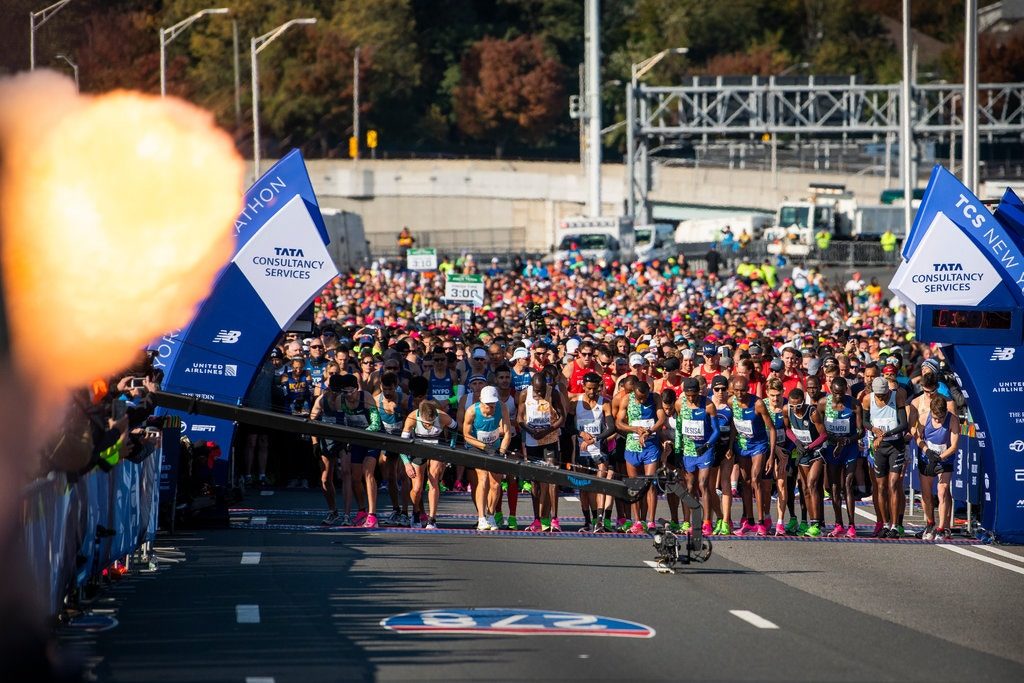
Sports governing bodies such as NASCAR (with things such as spoilers and tires) and swimming (the full body suits) have taken steps to remove technology that is clearly performance-enhancing and not available to all. The prototype shoes that swept the Rio marathon podium were stealth as are some of the prototypes being worn by the top pros now. At $250 plus, even a consumer version is out of reach of many running on the international stage without a sponsor. Colleagues who understand footwear and human performance have rightfully determined the shoe to be a type of “shoe doping” due to the current models’ 3 layers of carbon fiber and thick and rebound the Zoomx foam .
But the purpose of this article is not to make the case of whether the shoe can make you run faster on race day as clearly it does. See this amazing graphic from the Abbott World Marathon Majors shows 31 of 36 podiums were in the shoe.
What we would do at The Natural Running Center is try to help people build and maintain a super strong foot for a lifetime of running as well as develop good mechanics and training parameters so they do not overtrain, get injured or both. In the old days the goal was for a piece of footwear to be as light as possible to optimize the magical natural human foot. Now, with space age foam and graphite a shoe can actually give assistance.
But it is the amateur runners who are striving to qualify for a Boston marathon time with integrity, limited income to spend on items such as running shoes, and wishing for a level playing field might feel compelled to purchase the shoe. For next year’s race, thousands who “qualified” are not able to run as you needed to be 2 minutes under your age group time due to the demand and high number of qualifiers. Many of these folks on the wrong side of the bubble are wondering now “what if I had used the shoe?”
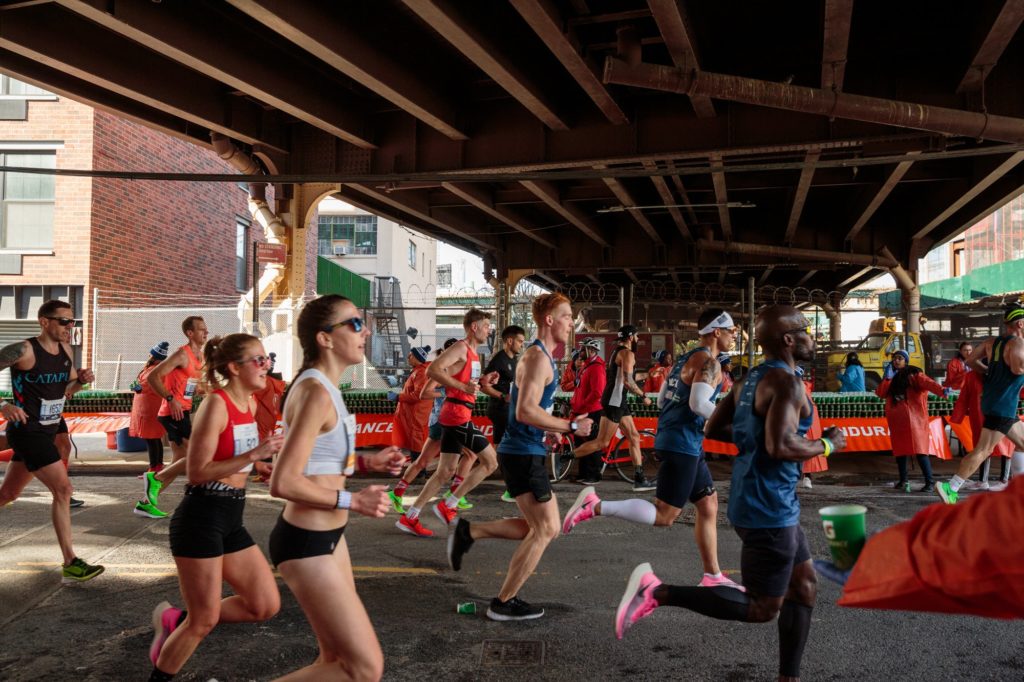
This Wall Street Journal article tells some of the story. “The most controversial shoe in sports, the Nike Vaporfly, has become increasingly ubiquitous on the feet of elite athletes during several record-setting marathons in the four years since its debut. Now, data suggest its lure is trickling down fast to everyday marathoners, who may actually stand to gain more from wearing the shoes.”
Will running significant training miles and races in this shoe weaken the feet and contribute to injury? This, of course, is unknown and one could make the hypothesis that by enhancing the foot architecture with the graphite springs and added foam you are decommissioning and deconditioning some of the normal structures and tissues. Over the long haul might they then become weaker and even alert your natural biomechanics in the wrong direction? This we do not know and more research is required.
Will you see me wearing these or carrying them in my small running store in West Virginia? Hard no! To me it is sad when the pursuit of goals such as qualifying for the Boston Marathon are now muddied by what is clearly an expensive performance enhancing shoe and one which in the long haul works against the foot’s running anatomy. But for an individual needing to slice a couple minutes, it’s legal and safe for the occasional use. So go for it if you have the money. But like any form of doping be careful as ultimately it might come back to bite you. Oh and I probably would not recommend these on trails 🙂
Shoes aside, if you want to know the real reason you should not support Nike Running or shell out $250 for their shoes read this NY Times piece and watch the revealing video of what went on behind the curtains there. Nike declined to be interviewed for this story
And this weekend rose the Resistance! The top 2 ladies Jepkosgei and Keitany in the NYC Marathon were NOT in The Shoe. (although Keitany prototype had a graphite plate).
Please share comments or thoughts you have on this topic.


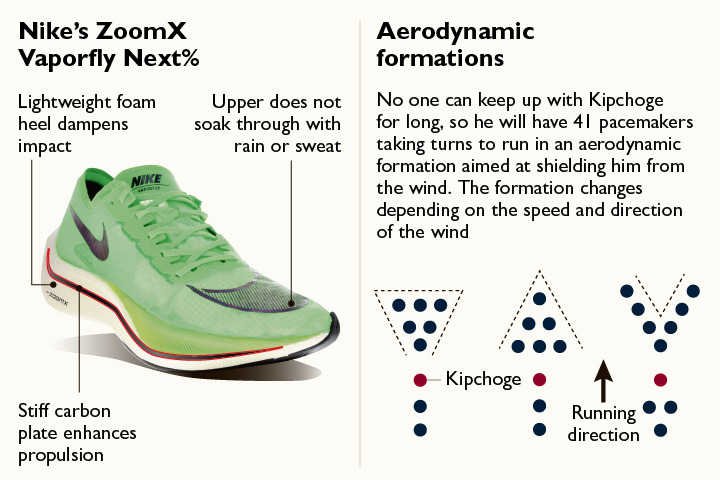
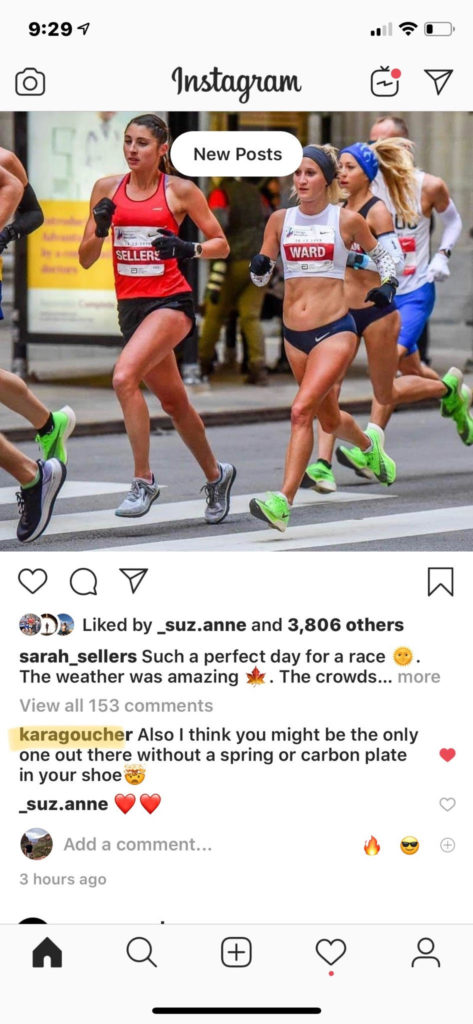
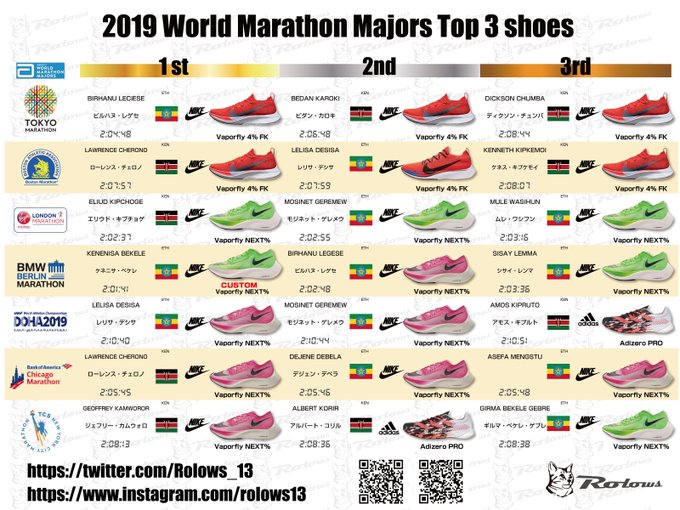
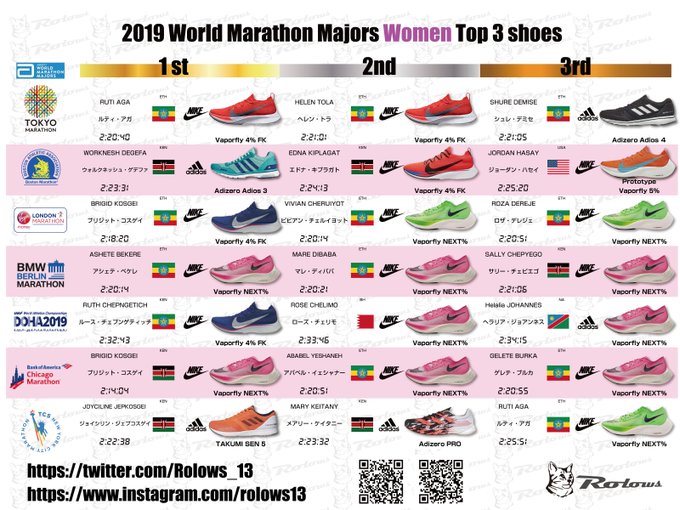
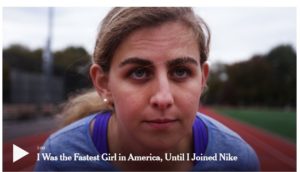

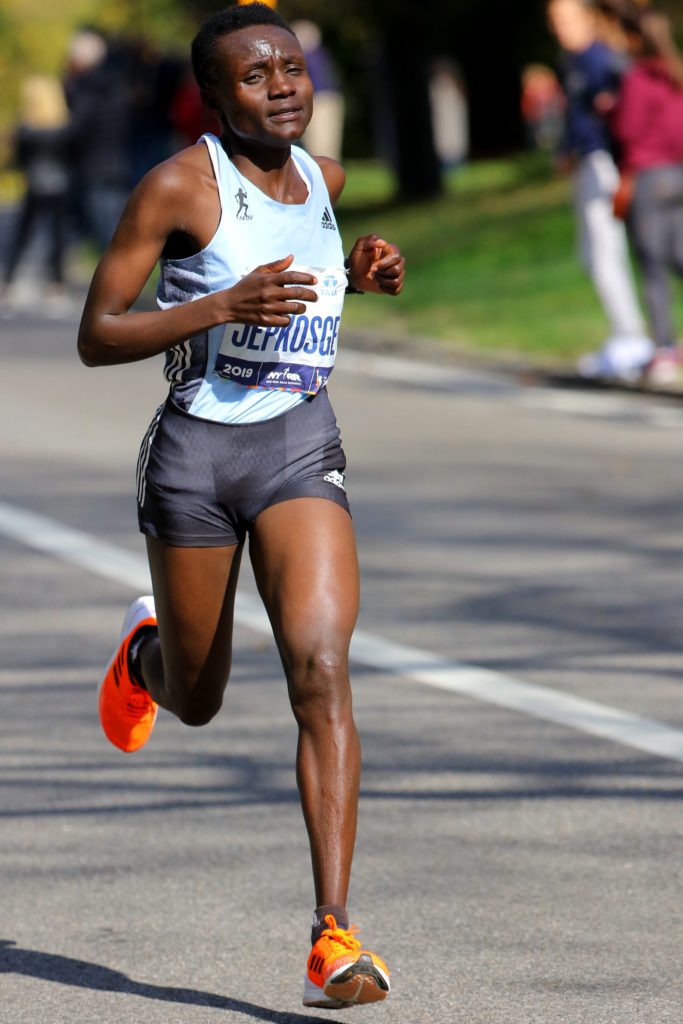
Great post, Mark! Your point about the effect on Boston qualification for regular runners is an important one. It’s immensely frustrating that Nike’s created a shoe that is becoming almost required for a recreational runner with any kind of goal. I recently got an email from a mom who’s concerned about the pressure now on teenagers to get these shoes for running. I don’t know if it’s likely but I do hope we see regulation soon.
Jae yes sadly these shoes has might make the world of running like other Suburban sports which require a paycheck to participate. And no doubt they will not be helpful for long-term foot development. love reading your stuff too on http://www.balancedrunner.com 🙂